Updated December 2025
An Employee Ownership Trust, or EOT, is one of the best and most tax efficient ways to sell a business, providing the right conditions are met. However, like any exit strategy, an EOT might not be the right choice for every business. There are strict EOT qualifying rules in place to ensure the transaction is made for the right reasons by the right businesses. These qualifying rules govern whether the tax-breaks associated with EOTs can be claimed.
This blog will provide a brief run-down of the EOT qualifying rules currently in place. Failure to meet any of these conditions will disqualify your business from the EOT route. The good news is a trusted EOT adviser can help you ensure you and your business qualifies long before starting.
Employee Ownership Trust qualifying rules
Trading companies only
The company being sold to an EOT must be either a trading company or the main company of a trading group of companies. In other words, the company must be actively engaged in business and not a just used for investments or holding activities.
All employees must benefit
For the full suite of benefits to apply, and for the EOT to succeed, it must be set up for the benefit of all employees, regardless of seniority or salary.
To ensure fairness, the trustees of the EOT must make sure that any company shares held by the trust are used to benefit all eligible employees in the same way.
Controlling interest is mandatory
The EOT must own a controlling interest in the company once the transaction has included. This means more than 50%. In other words, owners wanting to sell 30% of their business cannot do so to an Employee Ownership Trust.
Excluded participators
The majority of trustees of the EOT must not be shareholders (or former shareholders) who own or are entitled to own 5% or more of the company directly. These are known as “excluded participators”.
UK residence
The trustees must be UK resident and retain a controlling stake in the company on an ongoing basis.
The 40% rule for shareholding directors
When the EOT is set up, the number of shareholding directors or employees must not make up more than 40% of the total employee count for the company or group.
Additional EOT eligibility criteria - Introduced in 2024
Following a government consultation originally announced in 2023, several new EOT qualifying rules came into effect towards the end of 2024. These rules are intended to prevent the EOT route being used for the wrong reasons – the good news is, if your business is suitable for an EOT, these rules are unlikely to affect you.
The 2023 consultation was launched because of concerns that EOTs were being used by some business owners solely to avoid tax on disposal. While the tax benefits are generous, EOTs were not designed to serve this purpose primarily. The government introduced the following EOT rules to ensure that Employee Ownership Trusts continue to provide unique benefits to the employees of businesses, as well as the industry and community in which they operate.
Existing shareholder control
The exiting shareholder cannot maintain control of the EOT and the business after the sale has gone through.
UK resident trustees
EOT trustees must be UK resident at the time of disposal.
Market Value Rule
The price of company shares cannot exceed the fair market value, as determined by an independent valuation.
Additional information
Additional information will need to be provided to HMRC to claim the relief from Capital Gains Tax, so qualified tax advice is essential.
Director exclusion from bonuses
Company directors can now be excluded from the tax-free bonuses for employees; previously they had to be included.
Contributions to the EOT are treated as a distribution
Company contributions to the EOT to pay the former owners are treated as a distribution (a payment made by a company to its shareholders). A new tax relief will reportedly be introduced to prevent income tax being charged on this.
What happens if the EOT rules are broken?
These conditions must be met both before and after the EOT transaction takes place. If any of the rules are broken, the tax benefits of the EOT route will be lost. This is why it is so important to seek qualified accounting, tax, and legal advice when exploring an EOT sale. This is also why it's so important to ensure the EOT route is being pursued for the right reasons and not just as a tax saver.
The government's four-year tax recovery period
It is especially important to continue to meet the EOT qualifying rules after the transaction has completed. This is due to the four year vendor clawback period enforced by the government. This means that HMRC can recover tax from the exiting shareholders (the ones who initially benefitted from 50% Capital Gains Tax relief as of November 2025) if any EOT rules are broken within four years of the transaction.
Interested in EOT? Download our complete guide today

.png)


.png)

.png)
.png)

.png)
.png)
.png)













.png)
.png)
.png)

.png)
.png)

.png)



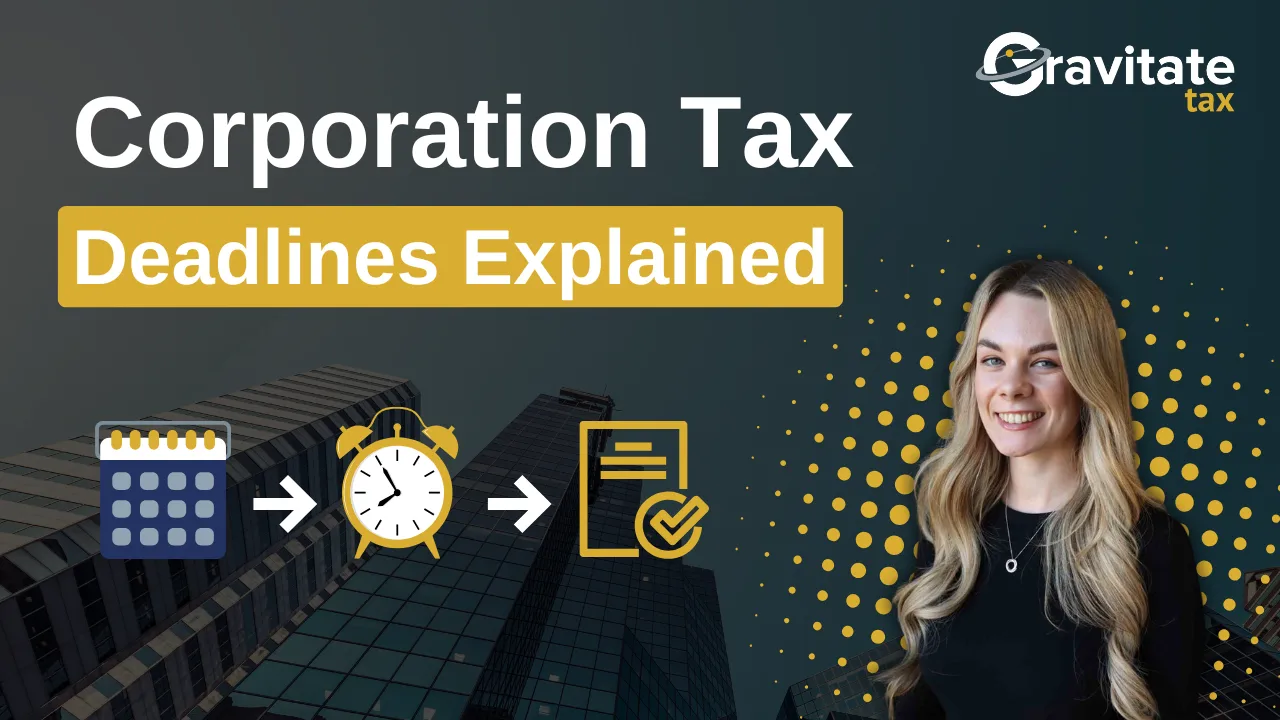

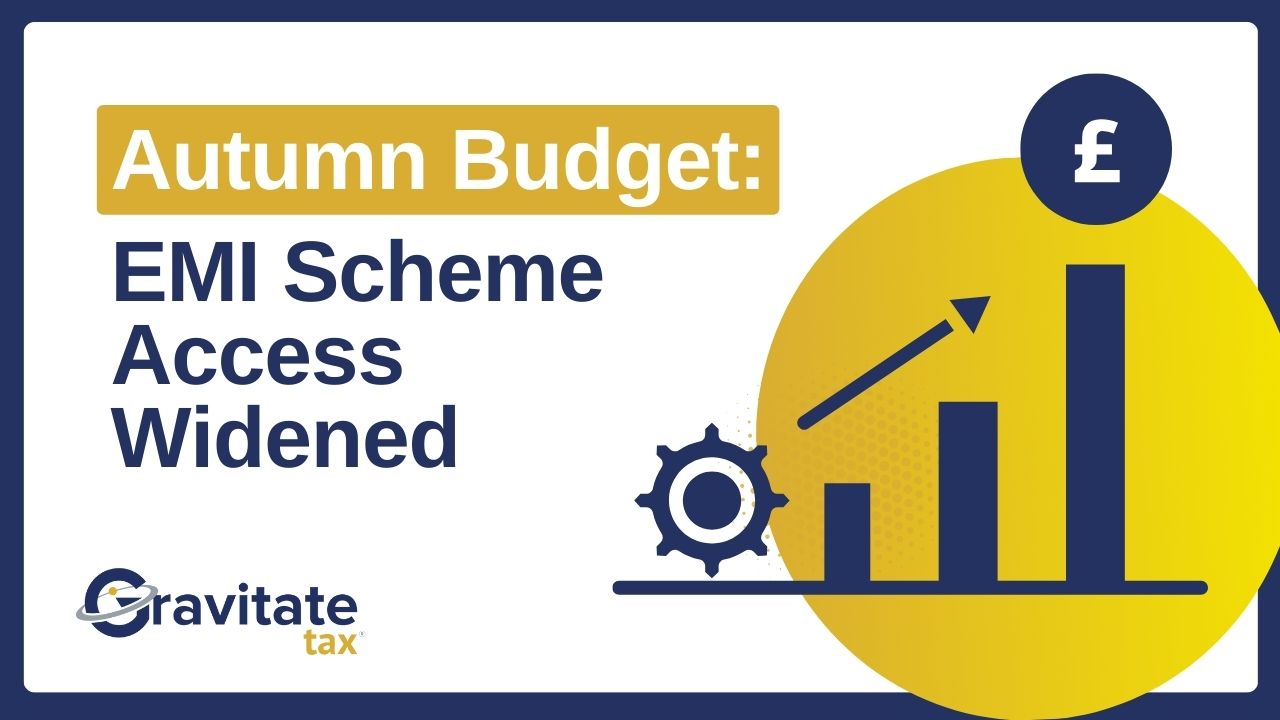
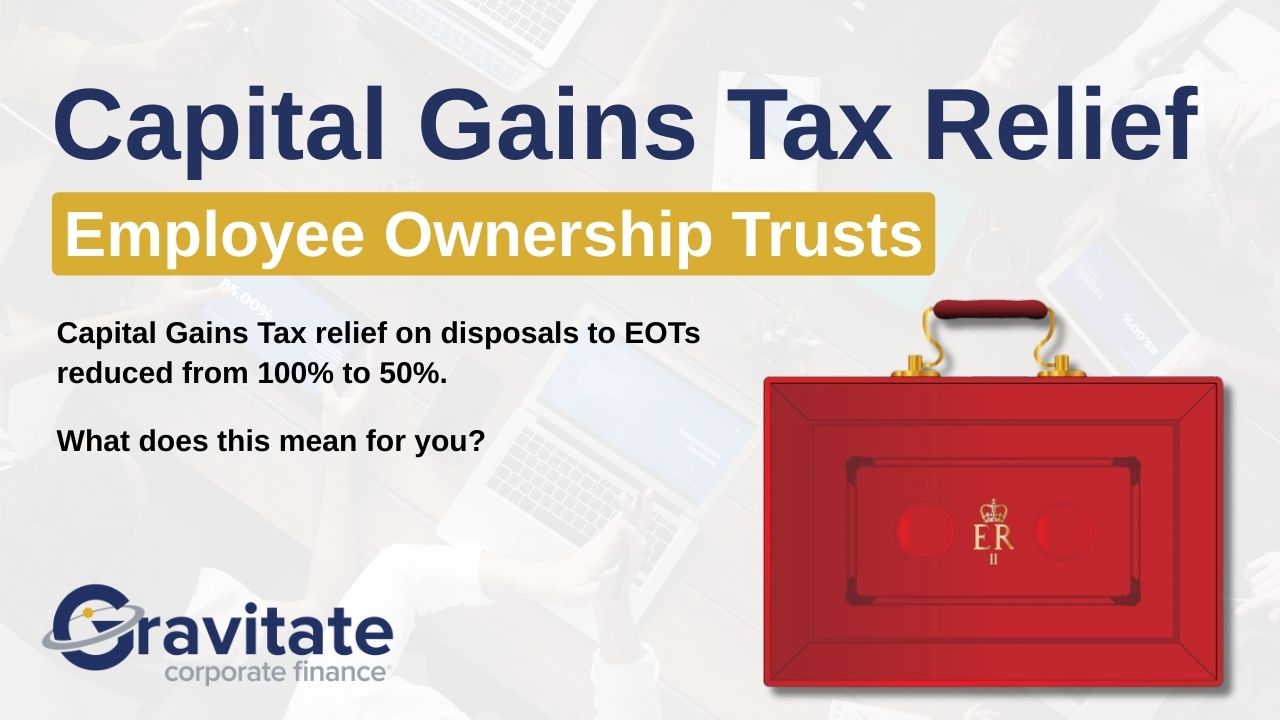

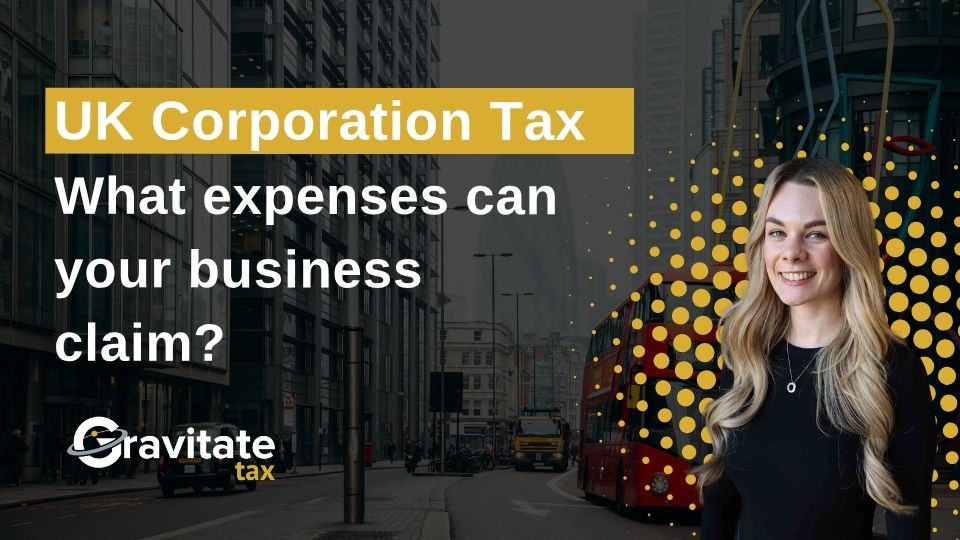
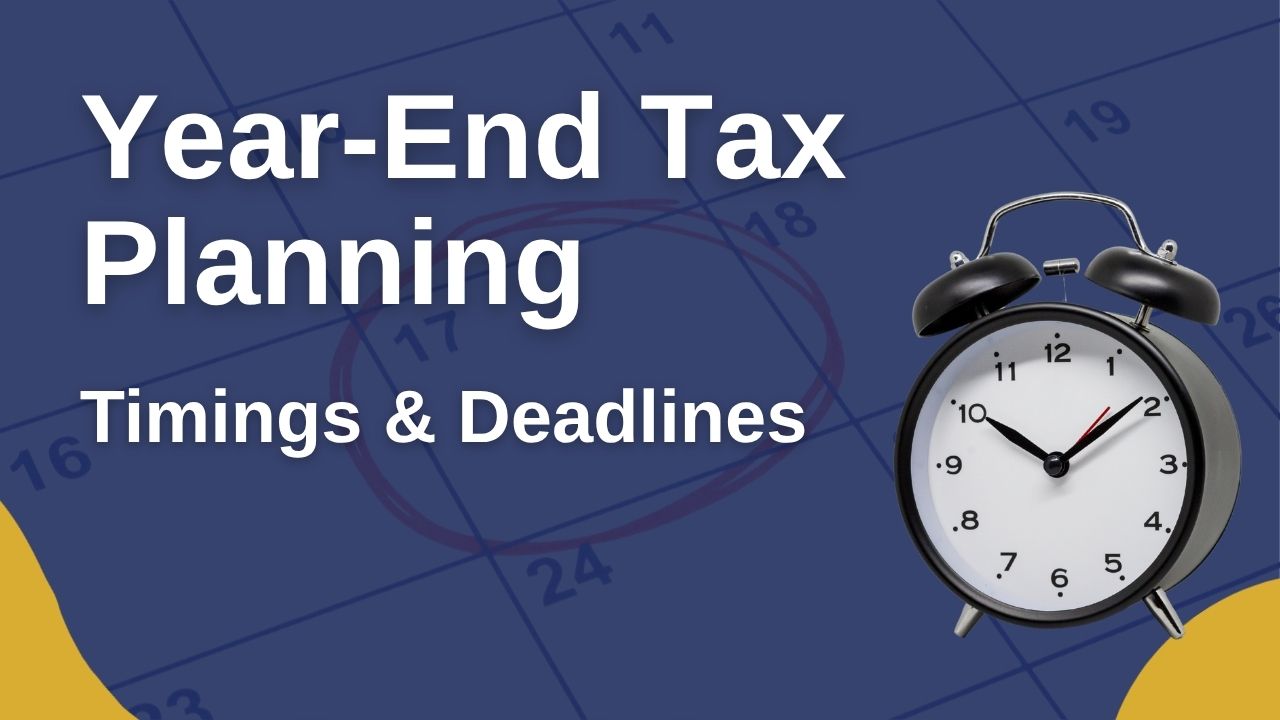

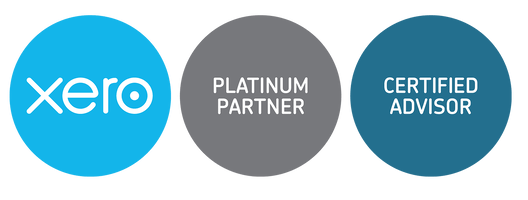



.jpg)

.webp)
.png)

.svg)
